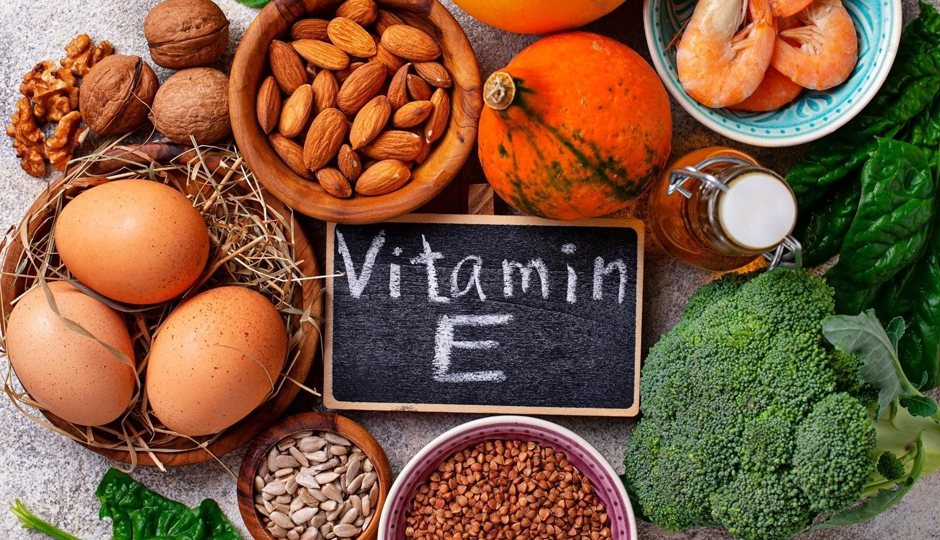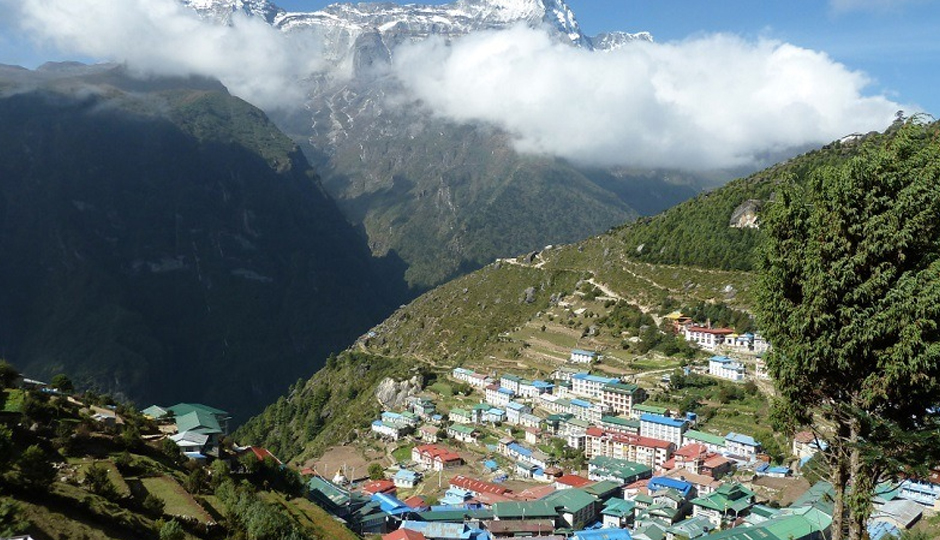5 Famous Mythological Characters Of Hindu Sanatan Dharma
By: Priyanka Maheshwari Sat, 19 Sept 2020 3:43:18
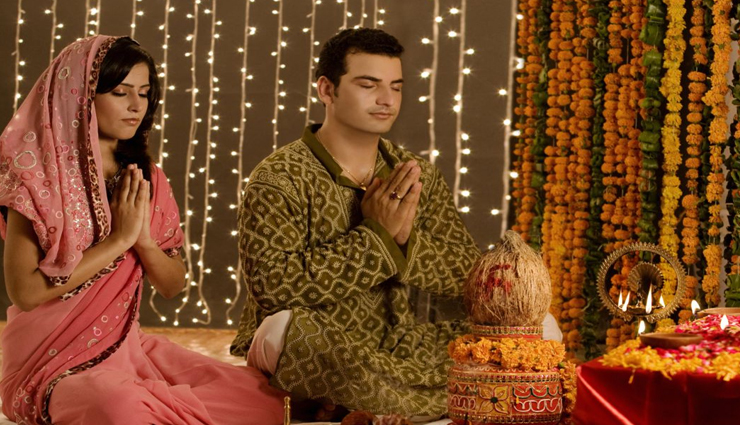
The Sanatan Dharma that is far from the confinement of time also boasts of timeless cosmic characters who spent a predetermined time on the face of the earth. Their sojourn on earth mostly have tales of eradication of sin, teaching and practicing benevolence, and of course helping the meek and weak. Maharishi Ved Vyas, who is credited to have compiled/edited/composed Vedas, Mahabharata, Shrimad Bhagwat Gita and all the Puranas and Mahapurans, included illustrations in his writings about these Hindu gods and goddesses that blessed the earth with their presence. Although Ved Vyas enlisted about millions of celestial beings in Hindu Sanatan Dharm, there remain some gods and goddess, who left an indelible mark on the heart of the sinful human race.
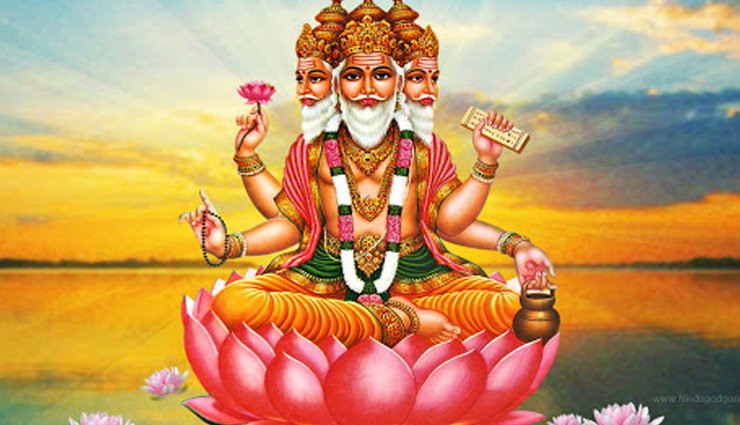
* Lord Brahma
The Rig-Veda explains the concept of Brahma as a word that was used for deciphering a sacred mysterious power that helped create the world. In one amongst the many legends of Hindu Mythology, Brahma has been said to have been born of a golden egg that the Supreme Soul and Self-Existent Lord created by depositing water of the earth in a seed. Another text says that Brahma became a boar who raised the earth from the waters, and thus, created the world. He is also described as a fish or a tortoise at the beginning of the ages. Brahma is also believed to have been born from a lotus springing from the navel of another popular Hindu God, Vishnu.
Lord Brahma is said to have four faces that represent the four Vedas; and he has four hands that represent the four directions, each of the hand holds one object like a rosary (mala), a water-pot (kamandal), a book (the Vedas), and a lotus. It is believed that the rosary that he carries represent eternal time, whereas, the water-pot denotes that the world was created by water. Lord Brahma can be seen seated on a large lotus and is reckoned to use a swan as his vehicle. It is to be noted that swan is a symbol of knowledge.
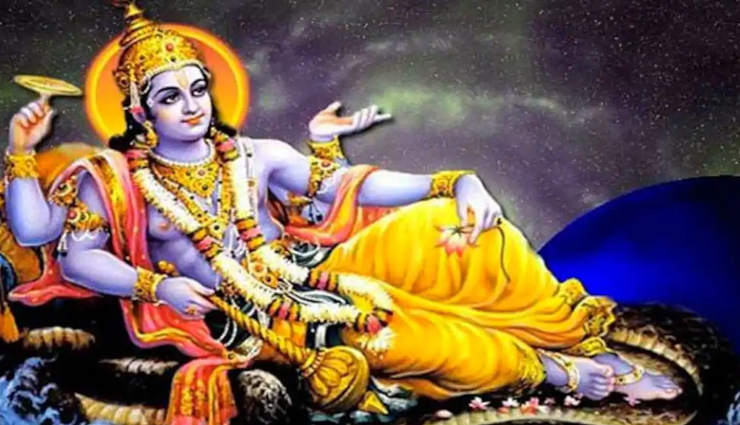
* Lord Vishnu
Lord Vishnu, in Hindu Mythology, is reckoned to have been vested with the quality of permanence, continuity, and preservation. In the Rig Veda, Vishnu, is associated with Sun. He is also believed to be the essential part of the Trinity, i.e. Brahma, Vishnu, Mahesh. However, he has been recognized as God with numerous incarnations including the popular ones that of Lord Rama and Lord Krishna. He also took on the attributes of several deities in varied forms of animals like fish (Matsya), tortoise (Kurma), and the boar (Varaha); and eventually these diverse elements were reduced to the group of twenty-four Vishnu incarnations. The Man-Lion (Narasimha), the Dwarf (Vamana), Parashurama, Rama and Krishna along with the aforementioned ones were the major incarnations of Lord Vishnu.
Lord Vishnu is blue in color and is believed to have four or more hands. He is dressed in yellow attire and is shown holding a wheel that represents the Universal Mind and the powers of creation and destruction; and a conch-shell, which is said to be associated with the inception of existence through its spiral form and its connection with water. This popular Hindu God is also seen holding the club which denotes authority or the strength of wisdom as the essence of life. The vehicle of Vishnu is Garuda/eagle, which is reckoned to be half-man and half-bird.
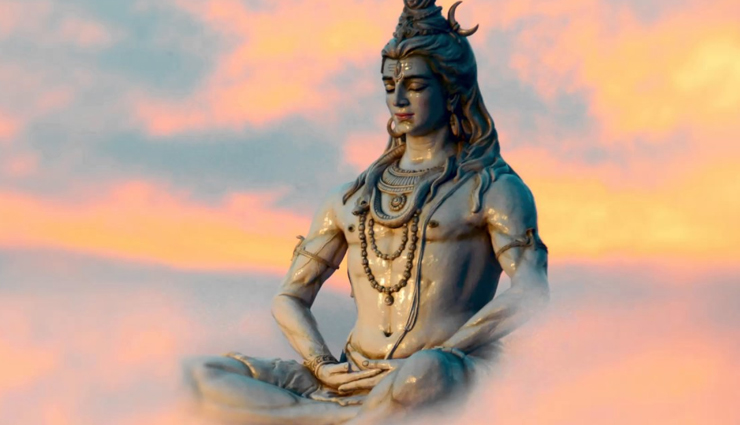
* Lord Shiva
Often associated with salvation, Lord Shiva is the part of holy Trinity of Brahma, Vishnu, Mahesh (Shiva). He is also known as the destroyer, a meditator, and is associated with austerity; the one who dwells alone in the Himalayas and in the crematory grounds. Where Lord Vishnu is believed to have manifested himself through various incarnations, God Shiva is reckoned to have shown different aspects of his own powers and that of his consort. Even though this famous Indian mythological character has a form and a shape, he is worshipped frequently in his Lingam (Phallic) form which represents the power of procreation and regeneration. Lord Shiva is multifaceted, and Aghora (in which he resides in the cremation grounds); Ishana (Shivalingam); Tat Purush (meditator), Varna Deva (eternally auspicious); Sadyajot or Braddha Rudra (old wrathful) are some of his forms. Thus he is amongst the most popular Hindu deities in India, and it is probably his mysterious and unique ways that fascinate the devotees; in fact, one can witness narration of Shivpuran Katha on a massive scale, around the globe for spiritual bliss and awareness to walk on the righteous path.
Shiva is a three-eyed God, he has long matted hair that holds holy River Ganga. On one side of his, a crescent moon is placed. He has four hands, with which he holds a triden, a ‘damru,’ an axe and an antelope. As clothes, he wraps himself in tiger skin and is often seen smeared with ash. His head, neck and arms has a snake coiled around and his throat is blue, due to drinking the poison during the churning of the ocean by the gods. He is also shown wearing a garland of skulls. His vehicle is the bull called Nandi.

* Lord Shri Rama
Rama literally means ‘Brahman’, someone who has supreme cosmic powers. Reckoned to be the seventh avatar/incarnation of Lord Vishnu, who marked his presence in the Treta Yuga. He is also known as Purushottam, which translates to the best of all men or Supreme Personality. Lord Rama is considered the embodiment of truth, of morality, the ideal son, husband and king. His noble character has been depicted well in the epics Ramayana by Valmiki and Ramcharitramanas by Tulsidas. In recent times, various Hindu Sansthans/Groups/Communities hold, on a large scale narration of Sri Rama Katha to instill spirituality in the masses and guide them on the path of righteousness.
In appearance, Lord Rama is said to have a dark complexion (black/blue), he has two hands, and in his right hand is a bana (arrow), while he is seen holding the Dhanush(bow) in his left hand which is bent in ‘S’ shape. At most places, Lord Rama is seen with his wife, Sita on the right side and brother, Lakshmana on the left.

* Lord Shri Krishna
The One Who Knows the Sixty-Four Arts, Lord Krishna is recognized as the eighth incarnation of Vishnu and is probably the favorite most and famous Hindu mythological character. Krishna’s journey on earth is considered an appropriate reflection of different stages of life of the human race, i.e, childhood, adolescence and adulthood, and the challenges they undergo. Although, this Vishnu’s avatar had a specific purpose to serve, but Lord Krishna’s distinct personality created a difference of opinion between two schools of thought that questioned the original relationship between these two popular Hindu Gods. There are plenty of incidents and narratives that determine the might of Lord Krishna, however, his mischiefs as a child and as an adult can make him a popular Indian mythological characters for kids. His Leelas with Gopi are well preserved in Srimad Bhagavata Mahapurana, whereas, his important life teachings can be found in the illustrious Shrimad Bhagavad Gita. In recent times, endeavors to convey knowledge of the legacy of Shri Krishna to the masses are made by organizing Shrimad Bhagwat Katha by Hindu Sansthans across the world.
Lord Krishna’s appearance is distinguished by his blue or black complexion. He is shown with two hands that are engaged in playing the flute, while he stands crossing the legs. His attire is usually colorful and richly ornamented. Sometimes, he is also illustrated as holding a conch-shell or a curved stick in his hand. Often, his consort Radha can be seen standing next to him with some cows surrounding the two. His images of dancing with the cowherd women (gopis), and as a child savoring butter and as Arjuna’s charioteer in the battlefield are also quite common.


